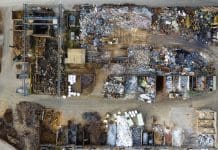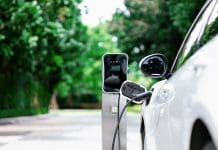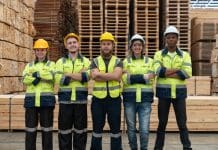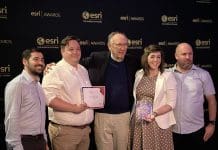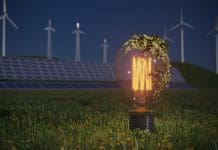Dan Nienhauser, CEO of Stellar3, explores the need for innovative landfill waste management and energy generation solutions in response to urban waste challenges
Any forward-looking, sustainability-oriented design of a new mixed-use complex must incorporate innovative energy management and usage technologies.
The development of thermal science and waste conversion solutions can now lead to the generation of circular materials that can be used to generate energy.
Waste previously labelled as a liability can now be turned into an energy asset. The retrofitting of existing communities, with requisite waste per day volumes, is also possible in many cases.
Converting landfill waste to energy through thermochemical conversion
Through thermochemical conversion applications (without burning the waste), mixed waste streams can be economically converted into energy, starting in 2024.
Waste from offices, restaurants and residences can be converted into a synthetic gas (syngas) that can be used to eliminate 92%-97% of landfill-bound waste.
Providing a minimum of 25-30 tonnes of mixed solid waste every day, primarily organic, plastic and paper waste streams (non-combustible materials can be removed through pre-processing based on the variable and composition of the waste stream), this transformative application will generate approximately 1-1.3 megawatts of net electricity that can be used by local power consumers (and possibly neighbouring communities).
A significant amount of energy will be generated by this method, in addition to the noteworthy environmental benefits and cost savings of not sending waste to landfill. The power may even be sufficient to power the entire needs of a community in some cases.
How does thermochemical conversion work?
During thermochemical conversion, carbonaceous waste materials (MSW, biomass, waste and plastics) are thermally decomposed in an oxygen-free environment.
A variety of reaction pathways can produce gaseo
Engineers develop printed bricks from construction waste
us, liquid and solid products. Output distribution is affected by temperature, residence time, feedstock composition and catalysts.
Quality and quantity of gaseous products, which are then used to substitute for natural gas and generate electricity, can be significantly impacted by temperature management and residence time.
The ideal facility would utilise advanced technology modules for pre-pyrolysis and post-pyrolysis gas management, have a smaller footprint and be located within or adjacent to the community.
To convert mixed feedstocks efficiently into energy, wet and dry waste feedstocks must be prepared accordingly. Waste transformation systems in this situation must be efficient, low-emission, compact and compatible with mixed waste streams.
How can the Stellar3 system generate renewable energy?
Our recently developed Stellar3 system produces almost no pollutants, is highly efficient, and operates in a closed loop. Using modular thermochemical conversion applications, our plants deliver high quality, clean outputs by maximising feedstock flexibility.
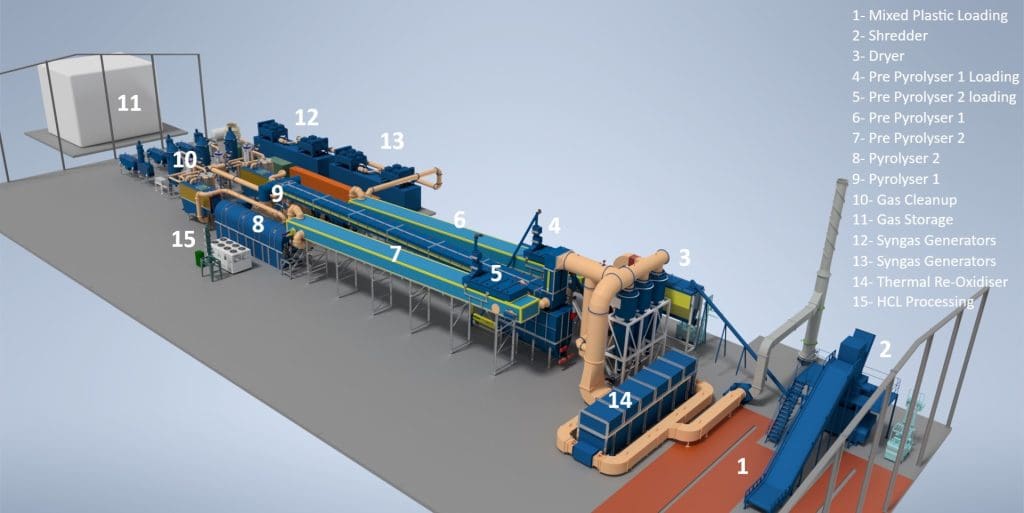
An innovative low-energy module processes mixed wet and dry waste to remove moisture (if too much energy is used to dry the wet waste, the system becomes economically unfeasible). The plant is largely self-sufficient once it is operational, allowing for a larger “net electricity” output as non-condensable gases are used to heat and power the system.
Stellar3’s mixed waste to electricity plant has a smaller footprint, some as small as 400m2, enabling it to be implemented right where waste is collected and prepared. Post-pyrolysis syngas management, clean-up, oxidation and hydrogenation meet the most stringent air and output product requirements.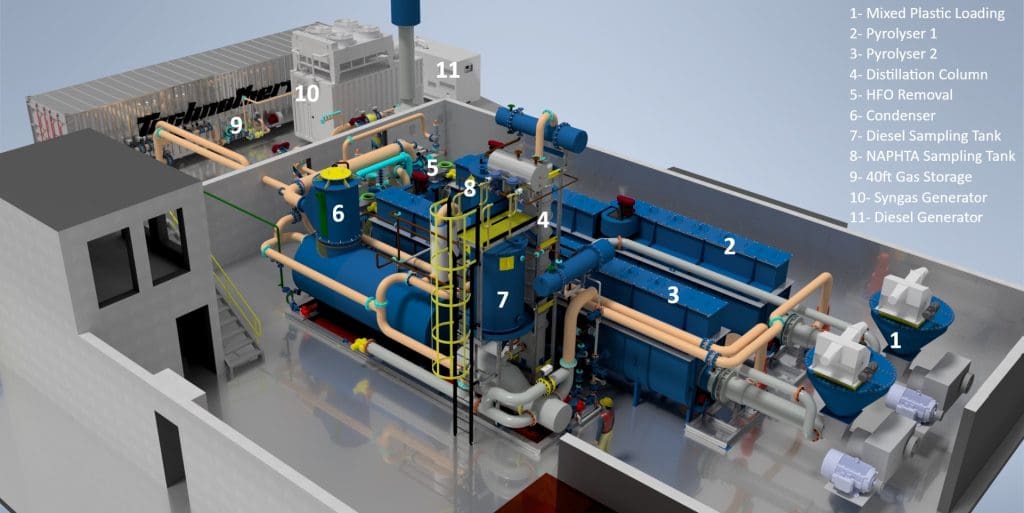
In combination with solar, wind, battery storage and other renewable technologies, being able to convert waste generated locally will provide a renewable and self-sufficient energy foundation for new (and existing) developments at a smaller scale, eliminating the cost and footprint of landfilling waste, turning waste liabilities into energy assets.
In addition to sustainably sourcing, minimising waste, segregating waste, recycling and using energy-efficient systems and construction, mixed-use communities that generate 25+ tonnes of waste per day have the opportunity to approach a net zero external energy need. Thermochemical conversion solutions at a destination office, restaurant and shopping complex, where all waste is processed locally for net 1-plus megawatt power, provide a fresh alternative to landfills while generating valuable energy.
Dan Nienhauser
CEO and co-founder
Stellar3


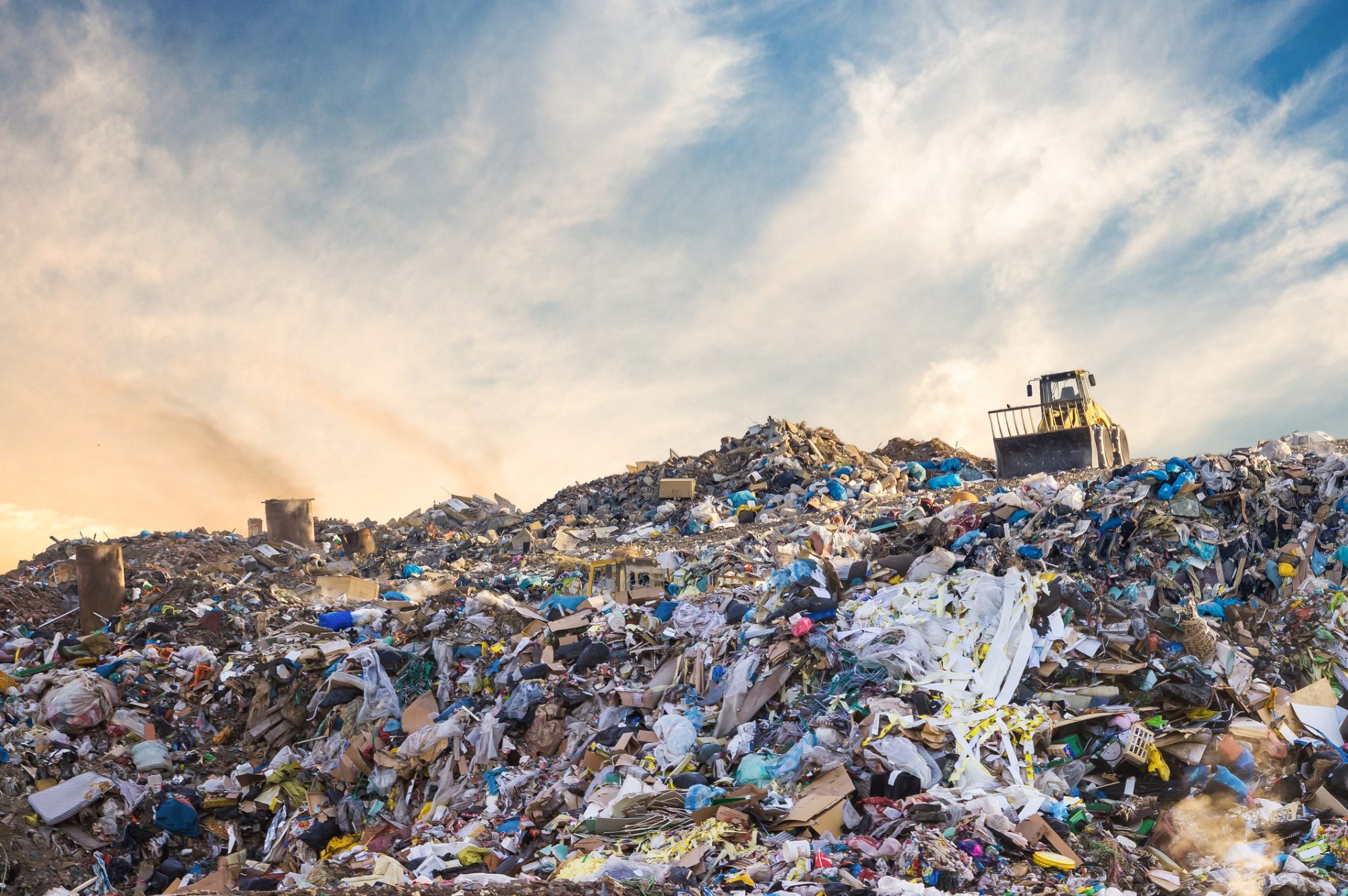
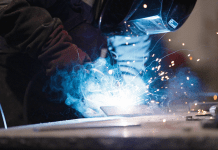

![[VIDEO] World’s largest crane lifts final ring at Hinkley Point C Big Carl, the world's largest crane, lifting the final liner ring for Hinckley Point C](https://www.pbctoday.co.uk/news/wp-content/uploads/2024/10/94747-218x150.jpg)
